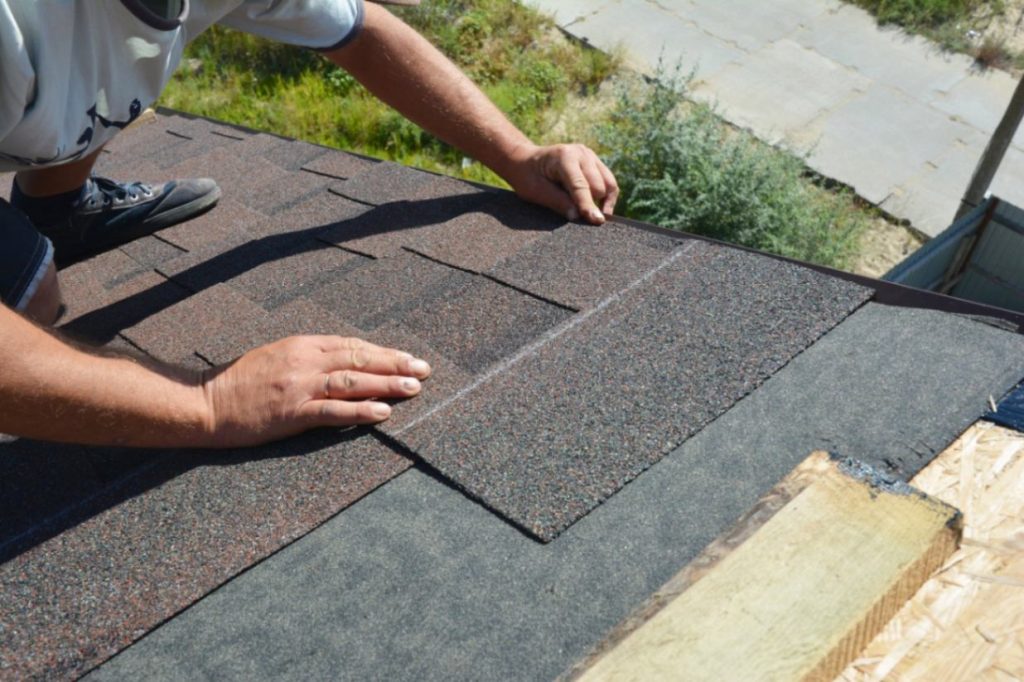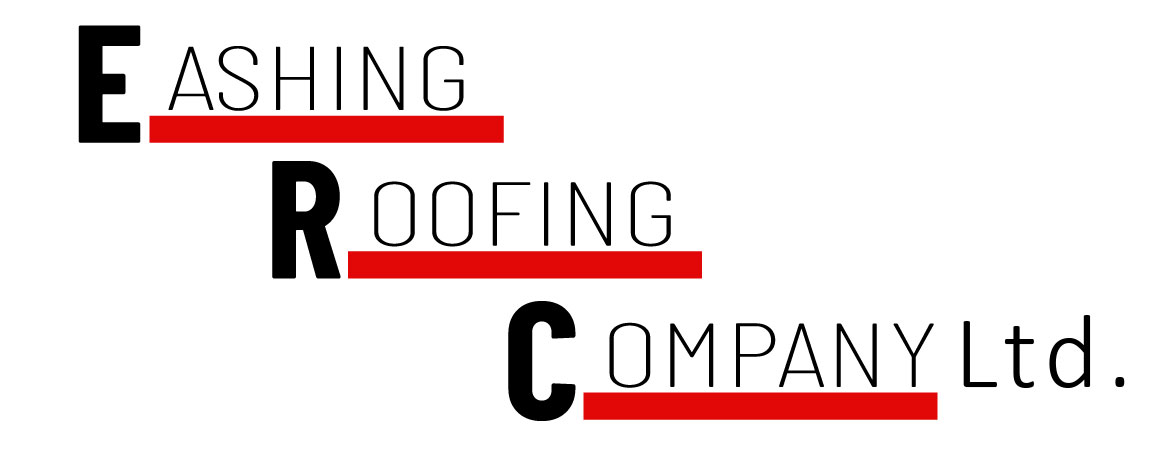How to Budget for a Major Roof Repair or Replacement
When it comes to budgeting for a major roof repair or replacement, understanding potential costs is essential. Start by assessing your roof’s current condition to determine the extent of necessary repairs. A detailed expense breakdown—covering materials, labor, permits, and unexpected costs—can help you plan effectively. It’s also important to research local contractors and explore financing options to avoid overspending. And don’t forget to prepare for surprise expenses that often arise during roofing projects.

Key Takeaways
- Evaluate your roof’s condition to decide between repairs or full replacement.
- Break down your budget into categories: materials, labor, permits, and contingencies.
- Vet local contractors for licensing, insurance, and reviews before hiring.
- Consider financing options such as home improvement loans or HELOCs.
- Establish a maintenance routine to prevent future costly repairs.
Understanding the Costs of Roof Repair and Replacement
Budgeting starts with knowing what to expect financially.
Material Costs
Asphalt shingles are the most affordable, while options like metal, tile, or slate are more expensive but longer-lasting. Research your options and balance initial cost with long-term durability.
Labor Costs
These vary by location and job complexity. Steep or complex roofs can increase labor fees.
Hidden Costs
Be prepared for unexpected issues—like rotted decking or structural repairs—that emerge once the work begins. Permits and disposal fees can also add up quickly.
Assessing Your Roof’s Condition
Before setting your budget, understand your roof’s current state.
- Age: If your roof is over 20 years old, it may be nearing the end of its useful life.
- Visual Inspection: Look for cracked, curled, or missing shingles, water stains, sagging, or moss growth.
- Gutters & Drainage: Check for granules, shingle debris, or clogged downspouts.
- Professional Assessment: Consider hiring a roofing expert for a thorough inspection.
Document all visible issues to guide budgeting and contractor discussions.
Setting a Realistic Budget
Once you’ve assessed your roof, it’s time to build your budget.
Budgeting Tips
- Categorize Expenses: Separate into materials, labor, permits, and an emergency buffer.
- Use a Spreadsheet: Track estimates and actual costs to stay on top of your spending.
- Add Flexibility: Allocate 10–20% of your budget for unexpected issues.
Researching Local Roofing Contractors
Hiring the right contractor is critical for both cost and quality.
What to Look For
- Credentials: Verify licensing, insurance, and BBB ratings.
- Reviews: Use Yelp, Google, or local platforms to check testimonials and complaints.
- Detailed Quotes: Get at least three written estimates and compare scope, not just price.
- Communication: Choose someone responsive and transparent.
Exploring Financing Options
Roofing projects are costly, but financing can ease the burden.
Common Financing Methods
- Home Improvement Loan: Fixed rates and structured repayment terms.
- HELOC (Home Equity Line of Credit): Flexible borrowing based on home equity.
- Personal Loan: Quick access, but may come with higher interest rates.
- Contractor Financing: Some companies offer in-house payment plans.
Always read the fine print and compare terms before committing.
Considering Insurance Coverage
Your homeowners insurance may help cover some or all of your roof costs.
What to Review
- Policy Coverage: Damage from storms or fallen trees may be covered—normal wear and tear is usually not.
- Claim Documentation: Take “before” photos and keep maintenance records.
- Claim Process: Understand timelines, adjuster roles, and deductibles.
Filing an insurance claim can reduce your out-of-pocket expenses significantly if eligible.
Planning for Unexpected Expenses
Surprises are common in roofing projects—plan accordingly.
Emergency Fund Tips
- Set aside 10–20% of your total budget for surprises.
- Structural damage, mold, or outdated ventilation often aren’t visible until work begins.
- Having funds ready avoids resorting to high-interest debt.
Tips for Saving on Roofing Costs
1. Compare Multiple Quotes
Don’t settle for the first bid. Request at least three and compare apples to apples. Use them to negotiate better pricing.
2. Schedule During the Off-Season
Winter or late fall is often slower for roofers, which may translate into discounts or faster service.
3. Choose Affordable Yet Durable Materials
Consider cost-effective materials with a solid lifespan, like architectural shingles instead of slate.
4. Perform Preventative Maintenance
Stay on top of maintenance to avoid more expensive future repairs.
Timing Your Project for Cost Efficiency
Timing your roofing project can save you money.
- Avoid Peak Season: Late spring to early fall sees the highest demand—and prices.
- Check the Weather: Schedule during dry months to avoid weather delays.
- Contractor Availability: You may get better service when roofers have fewer projects in their queue.
Maintaining Your New Roof for Longevity
Investing in regular maintenance now can prevent costly repairs later.
Regular Inspections
Inspect your roof at least twice a year and after major storms.
Clean Gutters and Remove Debris
Clogged gutters can cause water backup, leading to roof rot and damage.
Address Minor Issues Promptly
Small leaks or missing shingles can escalate quickly. Fix them early to prevent expensive problems.
Frequently Asked Questions
How long does a roof replacement typically take?
A roof replacement usually takes one to three days, depending on the size and complexity of your roof, weather conditions, and the contractor’s crew size. Simple asphalt shingle roofs on average-sized homes may be completed in a day, while more complex or larger jobs—such as tile or slate roofing—may take longer.
What are the signs I need a roof replacement?
Key signs include curling or missing shingles, frequent leaks, water stains on ceilings, moss or algae growth, and a roof that’s 20 years or older. If you’re repeatedly paying for repairs or noticing increased energy bills, it may be time to consider a full replacement.
Can I repair part of my roof instead of replacing the whole thing?
Yes, partial roof repairs are possible and cost-effective if the damage is limited to a small area. However, if structural damage or widespread aging is present, a full replacement might be more economical in the long run.
Are there energy-efficient roofing options available?
Absolutely. Consider materials like metal roofing, cool roofing shingles, or reflective coatings that reflect sunlight and reduce heat absorption. These options can lower your cooling bills and are often eligible for rebates or incentives.
How can I find a reliable roofing contractor?
Look for licensed, insured, and well-reviewed contractors. Ask for references, check online reviews, and verify credentials with local authorities or the Better Business Bureau. Always get multiple quotes and ensure the contractor provides a written contract and warranty.
Final Thoughts
Budgeting for roof repair or replacement doesn’t have to be overwhelming. By thoroughly evaluating your roof’s condition, understanding cost breakdowns, researching reputable contractors, and preparing for unexpected expenses, you can tackle your roofing project with confidence. Smart planning, seasonal timing, and routine maintenance not only save money in the short term but also protect your investment for decades to come.
Remember, your roof is your home’s first line of defense—taking the time to plan and budget wisely ensures it continues to shield you from the elements efficiently and reliably.
